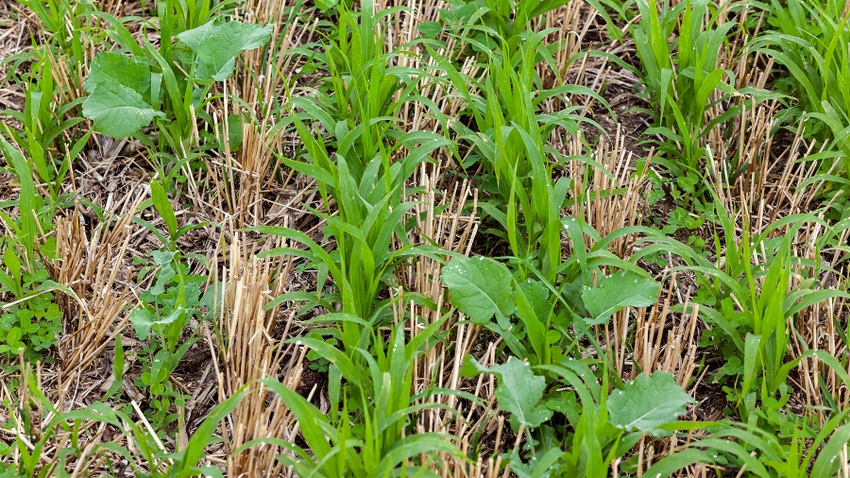January 8, 2024

A research and Extension team from Ohio State University is inviting farmers in the Maumee River Watershed to participate in a USDA-funded project designed to help better understand the benefits and trade-offs associated with integrating cover crops into corn-soybean rotations.
A total of 16 fields that meet the criteria of one of the following four treatment categories will be needed for this project:
Treatment 1. Corn-soybean rotated fields with no cover crops or winter wheat in the past five years (4 fields: 2 corn, 2 soybean).
Treatment 2. Corn-soybean-winter wheat rotated fields with no cover crops (4 fields: 2 corn, 2 soybean).
Treatment 3. Corn-soybean rotation with cereal rye cover crop for less than three years (4 fields: 2 corn, 2 soybean).
Treatment 4. Corn-soybean rotation with cereal rye cover crop for over five years (4 fields: 2 corn, 2 soybean).
Farmers with fields and rotations that fit in any of the four categories outlined above are encouraged to get in touch with the OSU team. Contact information is listed below.
Farmers whose fields are selected for this project will receive a small honorarium, $350 per field per year. This is a two-year project. Field measurements will start in 2024 and continue through 2025.
Field measurements will include soil samples, gas emissions, minimal tissue or biomass sampling, and drone imagery. The only farmer input requirements are calibrated yield and harvest data (but could also include any other information they would be willing to offer).
Participants will not need to alter crop management; the OSU team will collect information on what is already there.
Here are the project objectives:
Identify best practices. Uncover management practices and biophysical conditions influencing cover crop biomass production, variability, and their effect on soil health and nutrient cycling.
Quantify findings. Develop robust models using remote sensing and ground-truth data to quantify within-field variability in cover crop biomass and the cover crop effects on cash crop yields.
Determine watershed-scale impact. Create a biogeochemical model to project cover crop effects on cash crop yield, carbon sequestration and greenhouse gas emissions at the watershed scale.
Share knowledge. Develop an Extension curriculum based on study outcomes to develop recommendations for best management practices for cover cropping.
If farmers are interested and have fields in any one or more of the categories, contact one of the following researchers:
Jonah VanRoekel, 319-591-0486 or [email protected]
Osler Ortez, [email protected]
Other members of the research team include:
Sami Khanal, [email protected]
Laura Lindsey, [email protected]
Ryan Haden, [email protected]
Stephanie Karhoff, [email protected]
Why cover crops?
Cover crops can enhance soil fertility, improve soil health, and reduce greenhouse gas emissions. However, many have concerns about potential effects on cash crop yields and fields.
Stakeholders are calling for research to understand better the factors contributing to yield declines following cover crops and subsequent management strategies addressing the yield gap.
With the outcomes of this project, constraints to cover crop adoption in the Western Lake Erie basin can be overcome. Overall, this project will provide a better understanding of cover crop dynamics and evidence-based insights to address concerns about the potential cover crop yield gap.
Source: Crop Observation and Recommendation Network newsletter
You May Also Like




